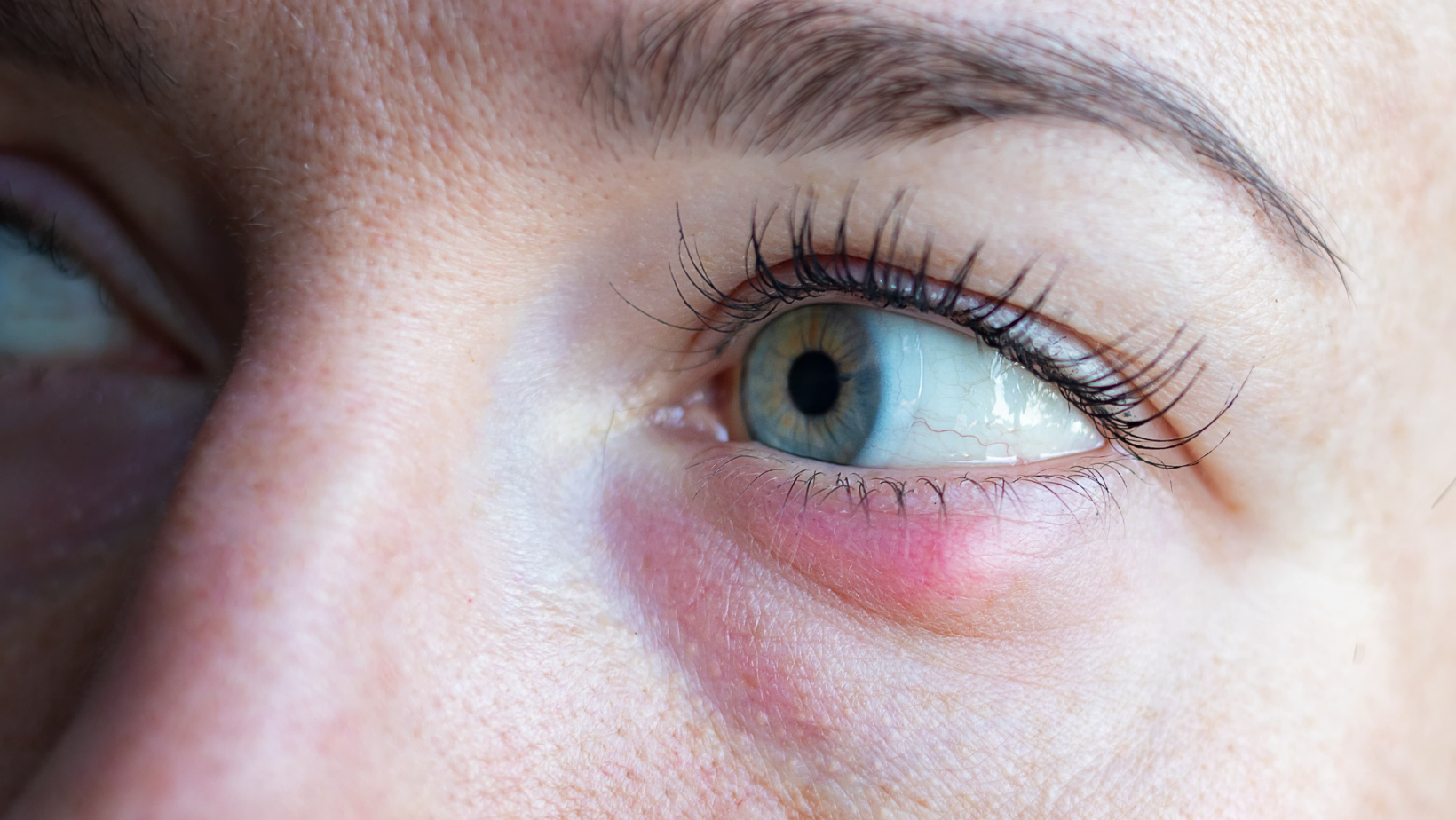Category
A stye, medically known as a hordeolum, is a common and usually harmless eye condition that can cause discomfort and irritation.

Have any questions?
If you have any questions, feel free to contact us at [email protected]. A member of our support team will help you shortly.
Share this blog
Fatigue
Energy
Stress
Sleep
A stye, medically known as a hordeolum, is a common and usually harmless eye condition that can cause discomfort and irritation. Forming near the edge of the eyelid, a stye typically appears as a red, swollen bump resembling a pimple. While styles often resolve independently, understanding the causes, recognizing the symptoms, and employing quick relief tactics can help alleviate discomfort and promote faster healing.
The most common cause of a stye is a bacterial infection, often due to the Staphylococcus aureus bacterium. This bacterium can infiltrate the eyelid's oil glands or hair follicles, leading to a stye's formation.
When the oil glands along the eyelid margin become blocked due to excess oil production or poor eyelid hygiene, it can create an environment conducive to bacterial growth and stye formation.
Inadequate eyelid hygiene, such as failure to remove eye makeup or clean the eyelids regularly, can accumulate debris and bacteria, increasing the risk of styes.
Improper use, cleaning, or extended wear of contact lenses can introduce bacteria to the eyes, increasing the likelihood of style development.
Blepharitis, an inflammatory condition affecting the eyelids, can predispose individuals to styes. Chronic inflammation may lead to the blockage of oil glands and subsequent stye formation.
A stye typically presents as a red, swollen bump on the eyelid. The affected area may be tender to the touch.
Individuals with a stye often experience pain or discomfort, especially when blinking or touching the affected eyelid.
Excessive tearing or watering of the eye may occur due to the irritation caused by the stye.
Some individuals with a stye may develop sensitivity to light, a condition known as photophobia.
In rare cases, a stye may cause blurred vision if it affects the cornea or if associated swelling interferes with vision.
Applying a warm compress to the affected eye is a simple and effective way to promote drainage and alleviate stye symptoms. Use a clean cloth soaked in warm water and places it over the closed eyelid for 10-15 minutes daily.
Keep the affected eyelid clean by gently washing it with mild soap and warm water. Avoid rubbing the eye, as this can worsen irritation.
It may be tempting to squeeze or pop a stye, but this can lead to further inflammation and potential spread of the infection. Allow the stye to drain naturally.
Over-the-counter pain relievers, such as ibuprofen or acetaminophen, can help manage pain and reduce inflammation associated with a stye. Follow the recommended dosage.
Lubricating eye drops or artificial tears can help soothe the eye and relieve dryness or discomfort associated with a stye.
In some cases, healthcare providers may recommend antibiotic ointments to apply to the affected eyelid. This can help prevent bacterial spread and expedite healing.
Adopt good eyelid hygiene practices to reduce the risk of styes. Cleanse the eyelids regularly, especially if you wear makeup, and avoid sharing eye makeup or makeup applicators.
If you wear contact lenses, remove them until the stye resolves. Consider using glasses instead to prevent further irritation.
While most styes resolve on their own with home care, there are instances when medical attention is necessary:
If the stye does not improve with home remedies or symptoms worsen, consult a healthcare provider.
Large, painful styes may require medical intervention, such as drainage by a healthcare professional.
Individuals experiencing recurrent styes may need to address underlying factors contributing to the frequent development of styes.
If a style causes changes in vision, persistent blurred vision, or significant eye discomfort, seek immediate medical attention.
If the infection appears to be spreading beyond the eyelid or if there are signs of cellulitis (skin infection), prompt medical evaluation is essential.
A stye can be uncomfortable and unsightly, but it can often be managed effectively at home with proper care and attention. Warm compresses, good eyelid hygiene, and over-the-counter pain relief can provide quick relief and promote healing. However, if symptoms persist or worsen or if there are concerns about the eye's health, seeking medical attention is crucial. With the right approach, individuals can alleviate the discomfort of a stye and facilitate a swift return to eye health.